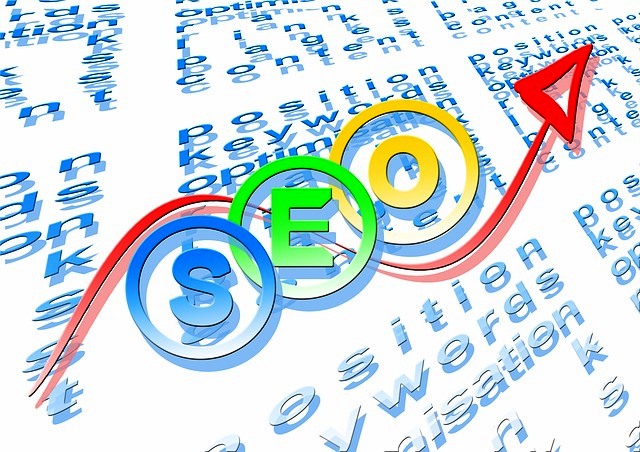Let’s get down to it ‘- What is your ultimate goal with your website? Chances are, you want to
- Raise your visibility on the Internet
- Tell your brand’s story
- Increase sales or lead conversion
Playing the Inbound Marketing game
You have thrown your chips into the Inbound Marketing kitty, because so many have touted its success. Your website is now easily navigable, built for SEO, filling up with helpful content, and loads quickly. You’ve improved the visuals, established a distinct presence on social media, and built quality links.
At year’s conclusion you look at the analytics for your website, focusing on visits and bounce rate. The news appears to be all good. Your visits are up over 25%. Exit rate and bounce rate is down significantly. A review of your blog postings shows over half a dozen had over 1000 hits. Overall time spent on your site has gone up to over 2 minutes.
Break out the Champagne! And I don’t mean that cheap bubbly from the Finger Lakes, either; I’m talking about Bollinger R.D. ‘- the stuff even James Bond thinks is special! You have achieved your goals!
Not so fast
A quick glance at the list of goals that we began with will show that your third goal, to increase sales or lead conversion, hasn’t been established. Of course, it stands to reason that all that good news from your analytics has to translate into more business, right? Well, no.
You need to examine the numbers a bit more closely. A simple formula will help determine if you have optimized your conversion rate and, subsequently, your website’s effective ROI.
- If you are measuring your sales conversions, take the number of visitors you’ve seen over a given period, but filter out non-qualified visitors who could never be customers (such as from those locations where you can’t do business). Next, find the number of actual sales you’ve made during that period. Divide the actual sales by the qualified visitors, and then multiply that number by 100.
- If measuring lead conversion rate, divide the number of sales-qualified leads by the website traffic numbers during a given time period, then multiply that number by 100.
Nothing is definitive
Debates rage among marketing experts on the precise accuracy of this, or any other, method for measuring conversion rates. Every business is unique, after all. Did an opportunity convert to a lead just after the time period you were measuring? We all set monthly/quarterly/annual goals, but that may not be enough time to fit the actual lifetime of the lead in the sales funnel.
Even ecommerce sales, with online shopping carts and solid retail sales figures, may not have a clear picture without considering all the proper filters. Visitors come to ecommerce sites for many reasons, so owners of those sites must consider many factors before determining qualified sales leads. These include:
- Price checking
- Inventory quantity
- Order status
- Browsing for products you don’t carry
Still, while the science of visitor to sales conversions is inexact, it provides figures for measuring some level of your website’s success. If the numbers don’t approach the expectations you had when you saw your site’s visits, it’s time to get back to work, and put the Champagne back on the shelf.



